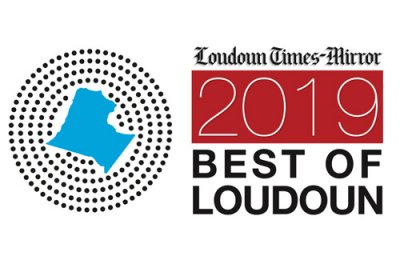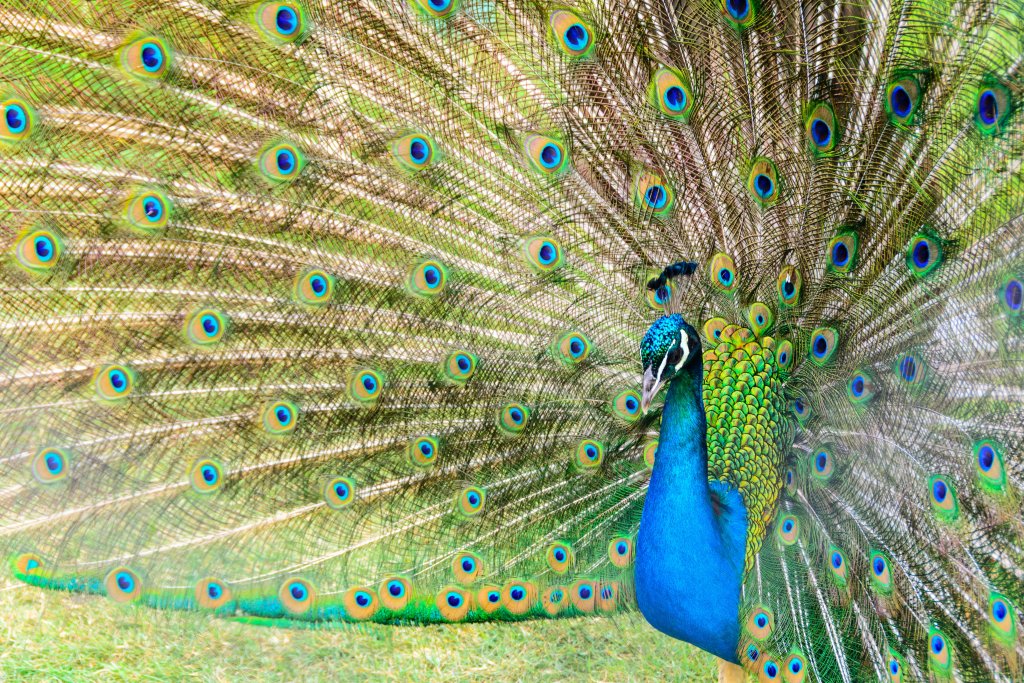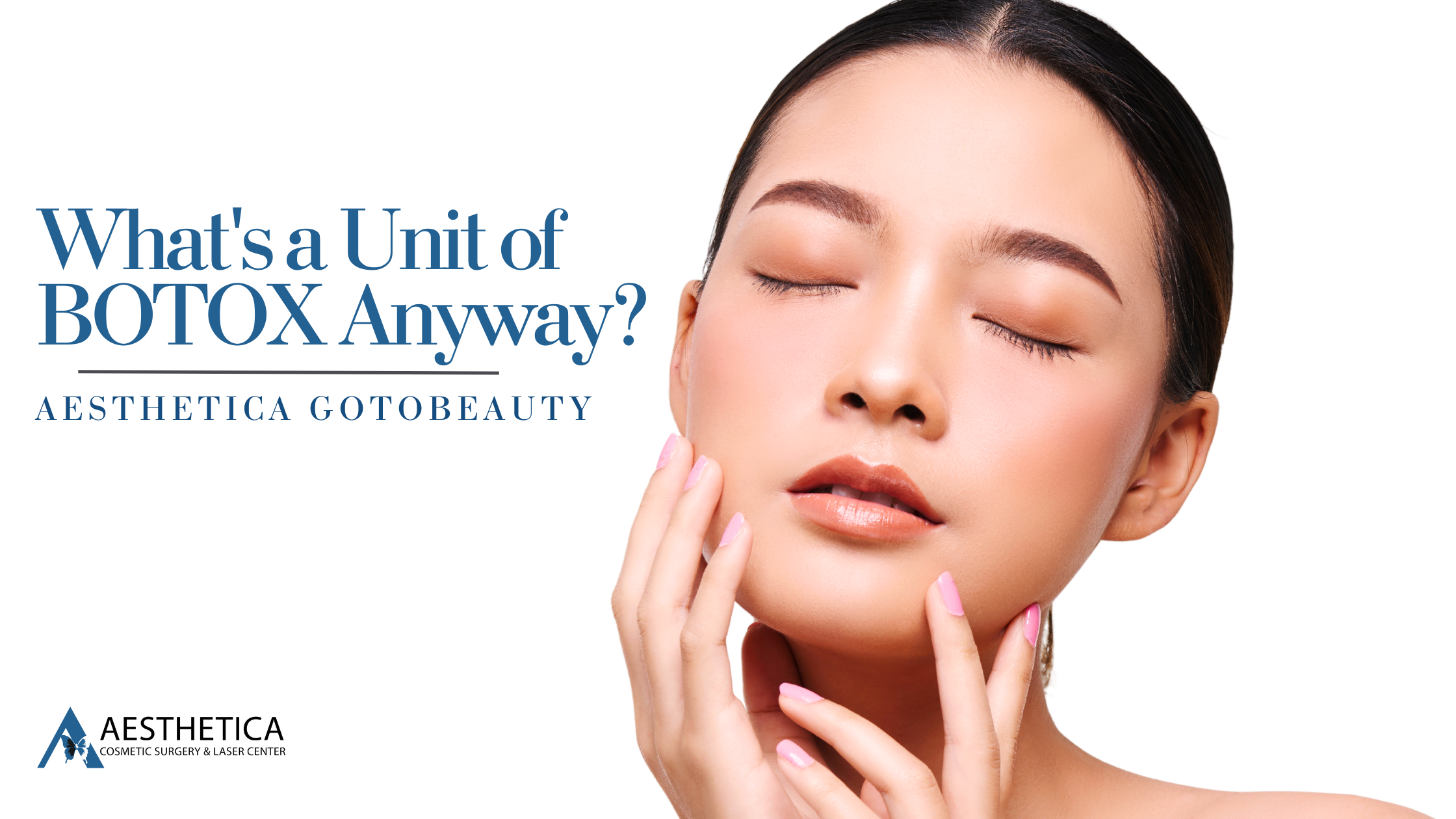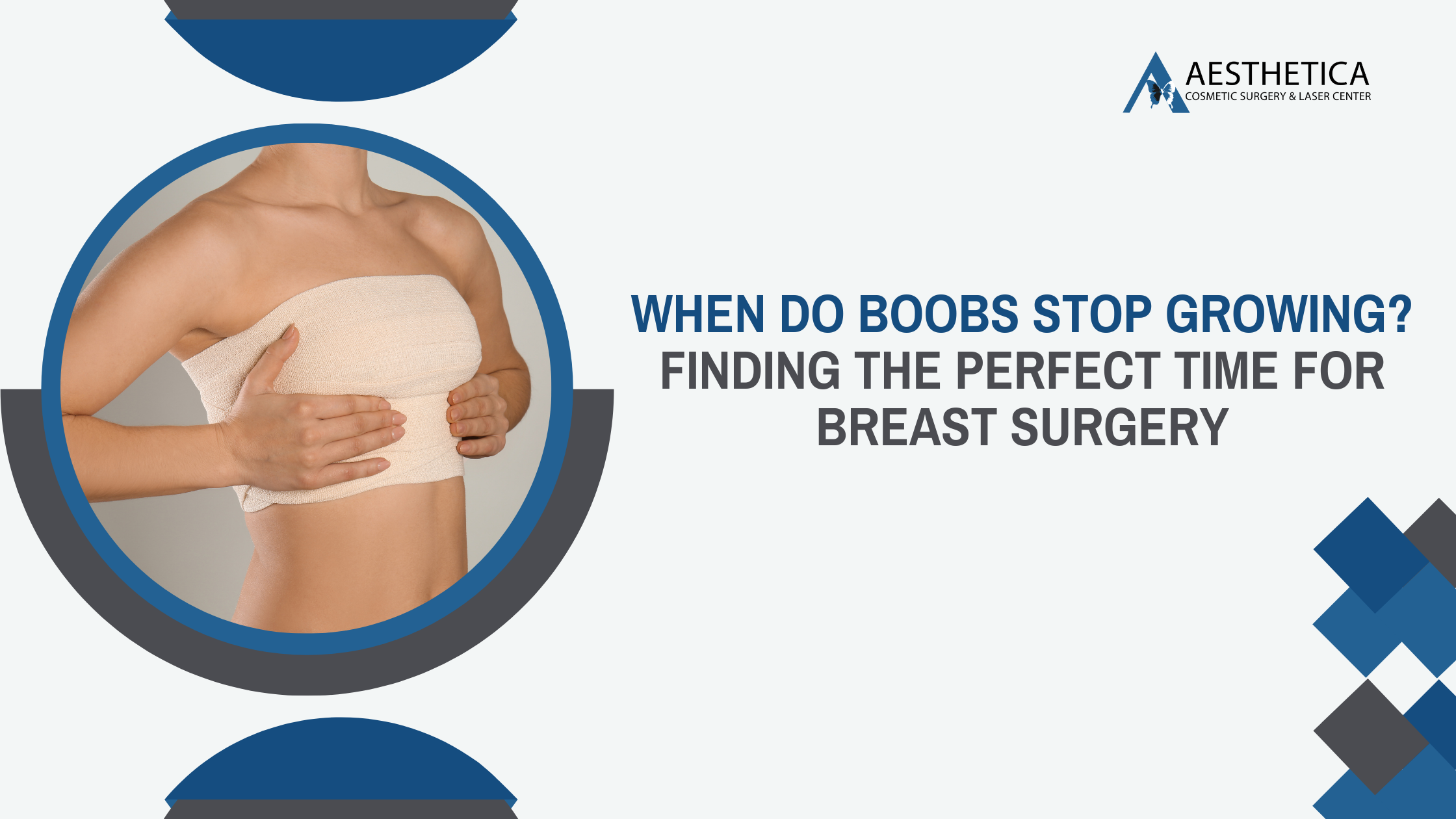The Science Behind Beauty7 min read


Dr. Phillip Chang
Board Certified By The American Board of Plastic Surgeons.
Voted Top Plastic Surgeon in Loudoun, Virginia
Offices in Leesburg, Virginia.



The Ancient Greeks desired to harness beauty – they believed that a beautiful mind ought to be reflected in the physical beauty of a person. They strived to look beautiful, to be beautiful, and to praise beauty by capturing it forever in their sculptures.
Isn’t it interesting how even today, after thousands of years, we can still agree that the people depicted in the ancient sculptures are beautiful? This isn’t limited to Ancient Greek sculptures either – ancient and modern civilizations all over the world seem to have similar trends in who and what they find beautiful. For the most part, these trends are universal. Why is this? What is it in humans that determines who is beautiful, even from the beginning of civilization? Science may hold the answer! Keep reading to find out.
Beauty is an Abstract Concept With Concrete Manifestation
Before we can explore the science behind beauty, it’s important to understand what beauty is. This may sound complicated to unpack, but bear with us.
Beauty is an abstract concept, which means that it is an idea rather than a thing. Power, cowardice, freedom, and justice are all examples of abstract concepts. This is important to remember because abstract things cannot be defined in scientific terms. Science can’t define something that cannot be experienced by the five senses. However, science can theorize explanations, effects, causes, and gather data concerning abstract concepts. You can’t touch beauty, but you can touch things that are beautiful. So science can’t study beauty itself, but it can study things that are beautiful in order to gain a better understanding of beauty.
Hopefully you haven’t gotten lost yet! What does all this mean? Basically, this means that science can’t give us a solid, 100%-for-sure answer of what beauty is. But, it gives us an idea of why humans find other humans beautiful – it’s like pulling back a curtain to give us a peak into the unknown.
Humans Have Universal Trends In What They Consider "Beautiful"
In 1878, anthropologist and psychologist Sir Francis Dalton found that people’s behavior didn’t necessarily alter whether they were perceived as beautiful or not. A terrible person could still be considered beautiful, and a wonderful person could still be considered not beautiful. In this case, Dalton decided, it must be that our brains decide what we think is beautiful through evolutionary psychology and neuroscience.
Through Sir Francis Dalton, Charles Darwin, and various other scientific studies, modern scientists have concluded that while everyone has unique tastes as to what they find beautiful and not, there are universal trends that influence humanity’s perception of beautiful people as a whole.
1. Genetic Diversity
Genetic diversity plays a large role in overall attractiveness. Darwin and other scientists theorized that health and attractiveness are closely intertwined, and the idea that mixed individuals are perceived as more attractive helps solidify that idea.
Mixed races, mixed communities, and genetic variation create healthier people. Imagine it like dogs: mutts are generally healthier than purebred dogs. In the ancient days, incest and pure-blood breeding was thought to produce a cleaner bloodline, but in reality it produced an unhealthy, mutated, and overall ugly bloodline in both health and appearance.
Take a look at the photo below. One of these individuals is pure-blood bred and the other is a mixed individual. It isn’t coincidence that one is more attractive than the other, it’s scientific disposition that runs universally. Even without the comparison, it is clear who is attractive and who is not. (Sorry, King Charles II of Spain!)

2. Symmetry
In the 1930s, the Beauty Micrometer was invented to measure facial asymmetry and correct those asymmetric differences with makeup. This isn’t the first historical occurrence of symmetry being connected to facial beauty, as seen in historical statues and art pieces. Once again, Darwin suggests that this predisposition is connected to the human tendency to intertwine health and beauty. Our subconscious thinks a more symmetric face means a healthier face, which means a more beautiful face. Humans are naturally drawn to balance, and symmetry is one of the most easily identifiable forms of balance.
It’s theorized that one of the reasons humans tend to be more critical of our own facial features than that of others is that we look at ourselves in mirrors – we see the flip side of our faces. Often, this “flip” points out the asymmetrical flaws in our faces that are otherwise invisible to others.
3. Hormones
Are you picking up the pattern? Once again, health ties into beauty. This time, it’s by the male and female sex. Estrogen and Testosterone are big players when it comes to the attractiveness of each sex. Full-figured women and more muscular men are subconsciously viewed as more fertile, making them attractive. The traditionally feminine features (estrogen features) can include large eyes, full lips, narrow chins, high cheekbones, etc. Traditionally masculine features (testosterone features) include heavier brows, thinner cheeks, and big, square jaws, etc.
4. Sexual Selection

Charles Darwin proposed that not all forms of attractiveness have a direct tie to health. The peacock’s tail, for example, has no real health benefits, but he needs a beautiful, extravagant tail to attract a peahen. Why is this? Darwin suggested that a large, flamboyant tail demonstrates indirectly how healthy he is by showing off how grandiose he is. This is called sexual selection. In humans, scientists suggest this is seen in the attractiveness of wearing a $10,000 watch or expensive clothing. This gesture demonstrates how well-off that person is, or how successful they are, etc. In turn, our subconscious thinks of that person as healthier, and subsequently more attractive.
This is why people who tend to dress nicely, groom themselves, and overall appear more formal tend to strike us as more attractive: they’re showing off their handsome “peacock tail.”
What Triggers Beauty in the Brain?
When we see something or someone beautiful, our brain’s cortex activates whether we know it or not. Humans are hard-wired to identify faces in one area of the brain while objects are identified in another, which is why beauty standards for faces and objects are different. Different areas in the brain “light up” depending on what we’re looking at. Attractive faces ignite our pleasure and rewards centers in the fronts of our brains, which what we call identifying beauty. Our brain will always automatically respond to beauty, even when we’re not searching for it, preoccupied, or focused on anything else.
In summary, no matter what we’re thinking about, our brain will connect the vision of perceived beauty to the pleasure sensors in our brain.
Beauty and Us
Of course, beauty tends to influence our thought processes more than we realize. As the common saying goes, “Don’t judge a book by it’s cover,” but more often than naught people tend to judge people how they look, for better or for worse. People characterize “dumb blondes”, “ugly villains”, or “nerd dork”, to judge people’s characters based on how they appear. The point of beauty isn’t to stereotype, judge, and compete. In fact, it’s the opposite. Beauty is something we should all strive for (and by beauty I don’t mean following strictly universal tendencies!)
Looking our best and acting our best should be the beauty we desire. We want to be able to appreciate, elevate, and desire the beauty in ourselves and of others.
Learn More!
Do you find this topic fascinating? You can learn more by watching this TED Talk called “How Your Brain Decides What is Beautiful” by Anjan Chatterjee!
Sign Up For Our Newsletter!
By signing up for our newsletter, you’ll get first access to all things Aesthetica! You’ll receive information about our promotions, FAQs on common plastic surgery procedures, topics of interest (like this blog), and more!
What You Get
Innovations in cosmetic surgery, coupons and specials and invitations to our free seminars.
Sign Up For Our Newsletter
References
1. Would you be beautiful in the ancient world? (2015, January 10). Retrieved from https://www.bbc.com/news/magazine-30746985
2. Landau, E. (2012, March 03). Beholding beauty: How it’s been studied. Retrieved from https://www.cnn.com/2012/03/02/health/mental-health/beauty-brain-research/index.html
More Articles For You

Areola Reduction for Men in Loudoun County
In the heart of Loudoun County, where the beauty of nature meets bustling urban life,

3 Ways to Fix Spider Veins on Your Face in Leesburg, VA!
Spider veins, those small, web-like networks of blood vessels that can appear on your face,

What’s a Unit of BOTOX Anyway? | Aesthetica GoToBeauty
Have you ever heard about BOTOX and wondered what it’s all about? It’s like the

When Do Boobs Stop Growing? Finding the Perfect Time for Breast Surgery
Ever wondered when your boobs finally decide to take a break from growing? Or you’re
